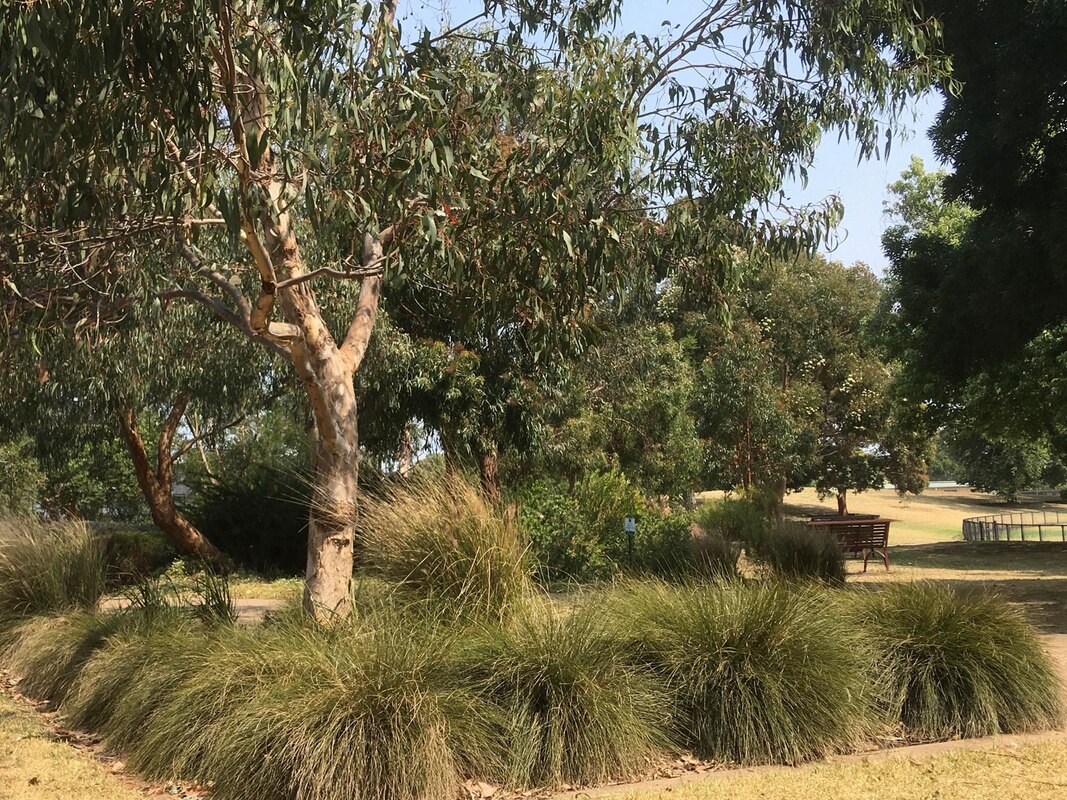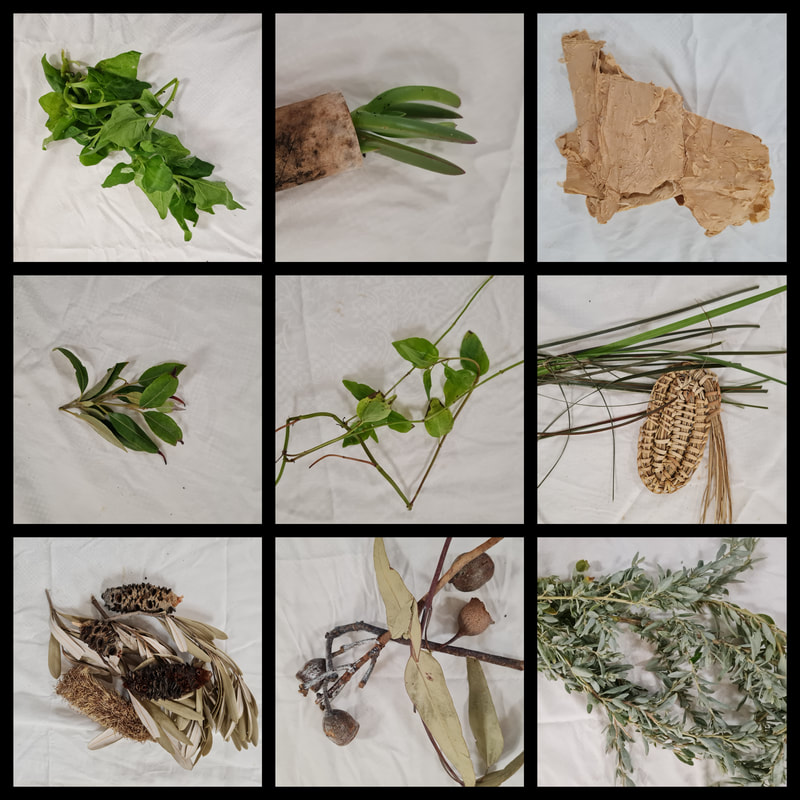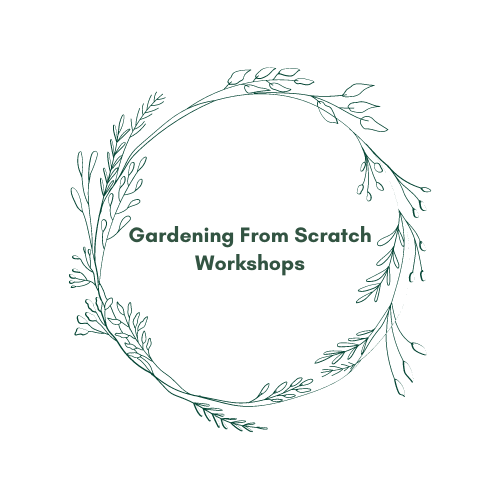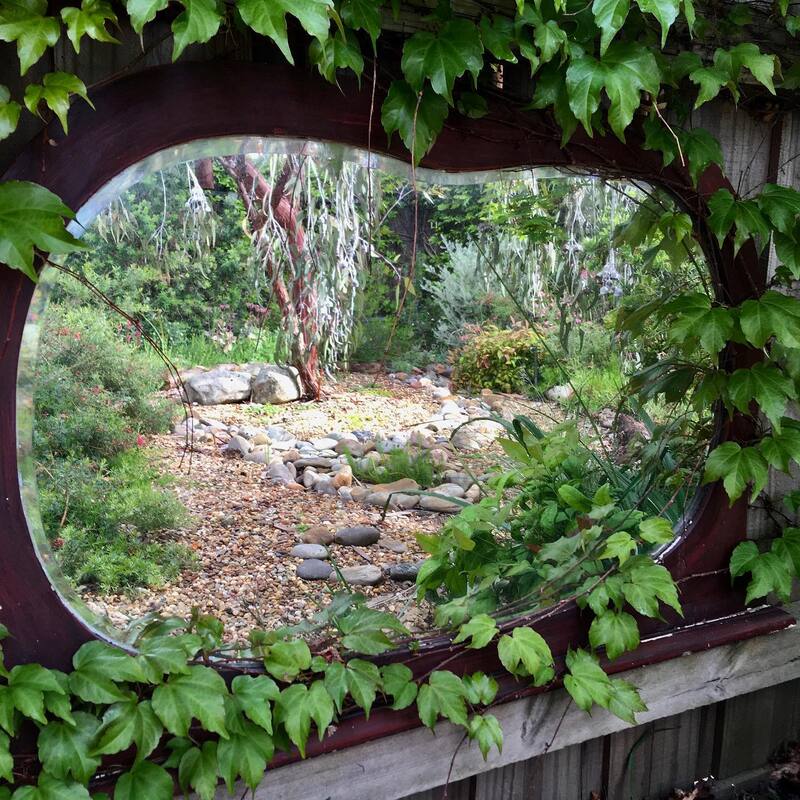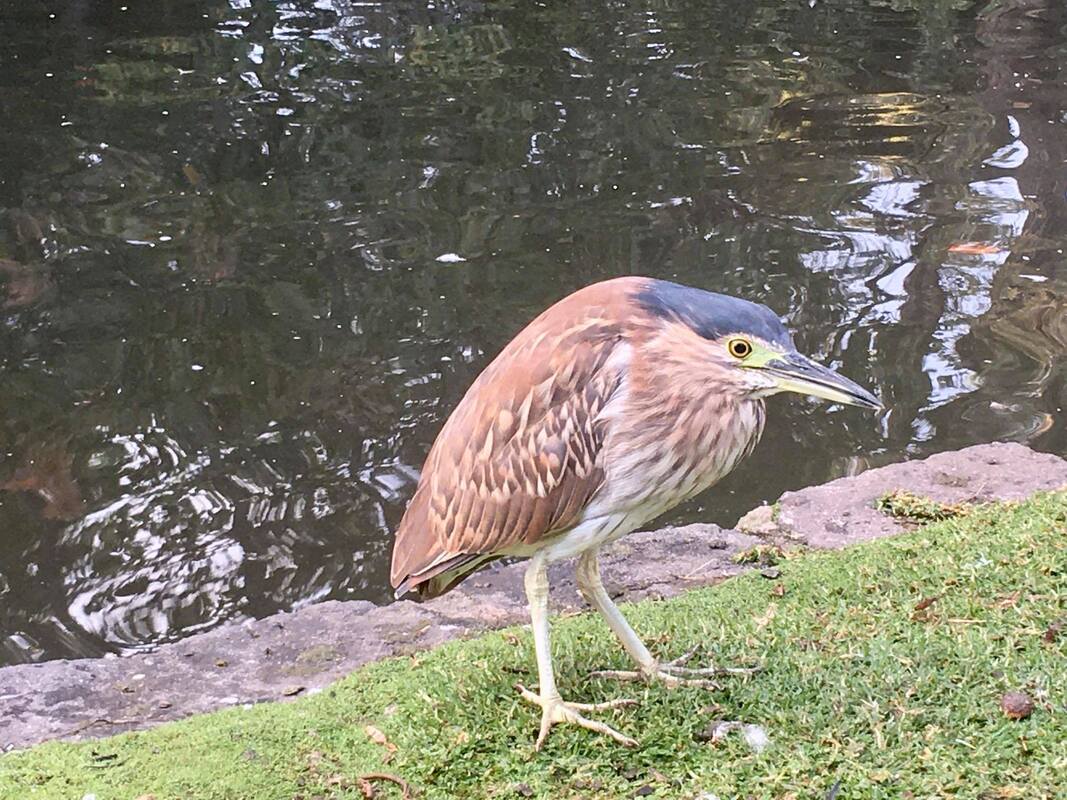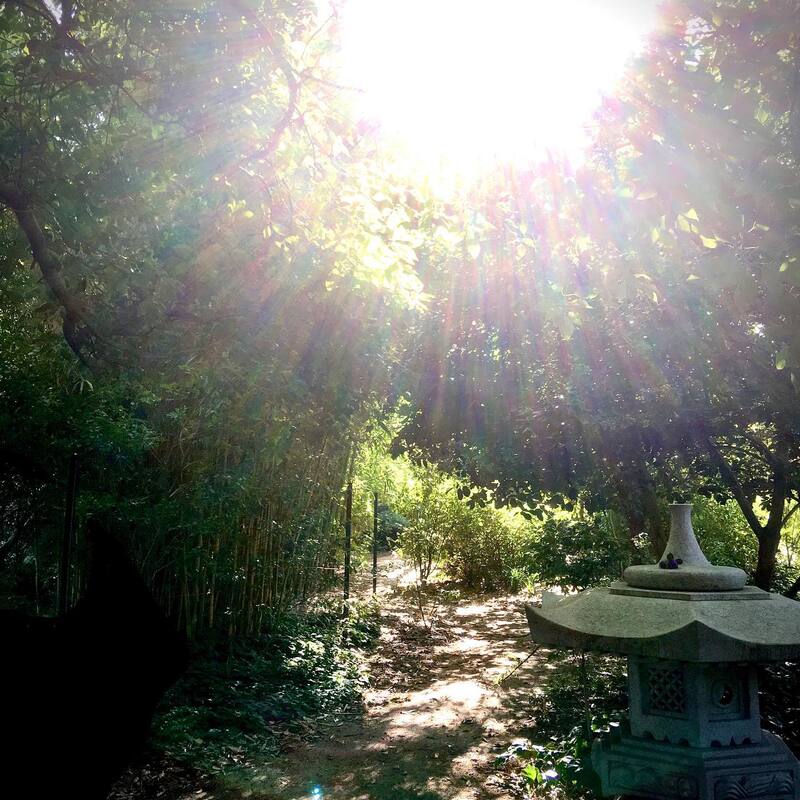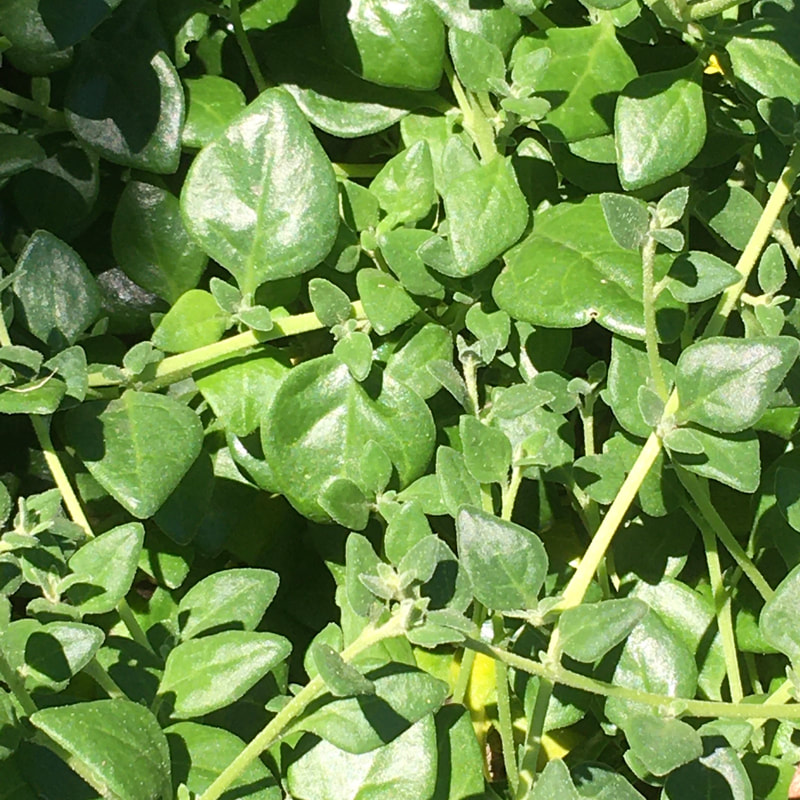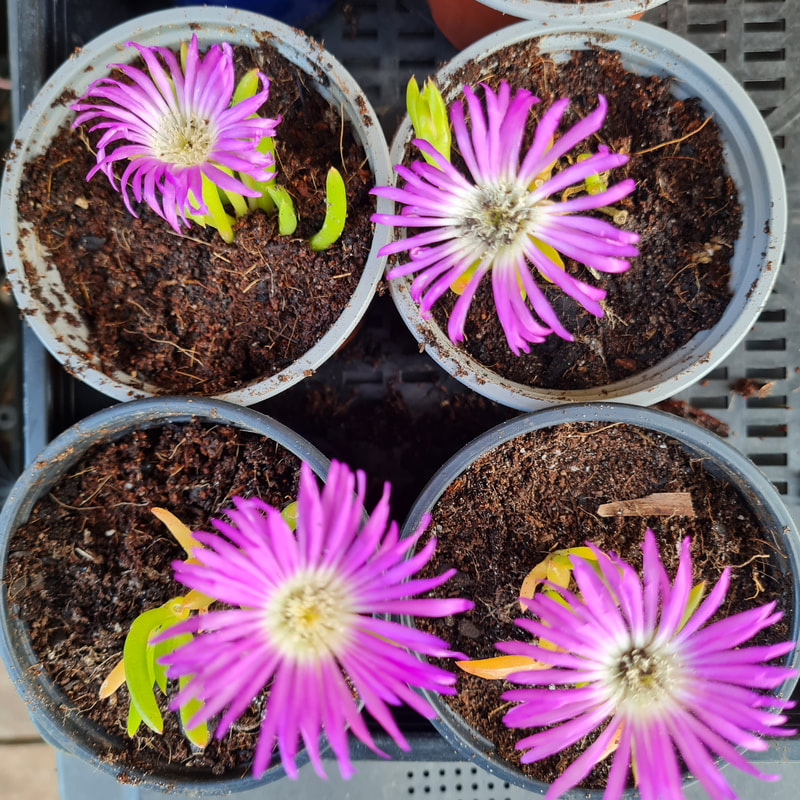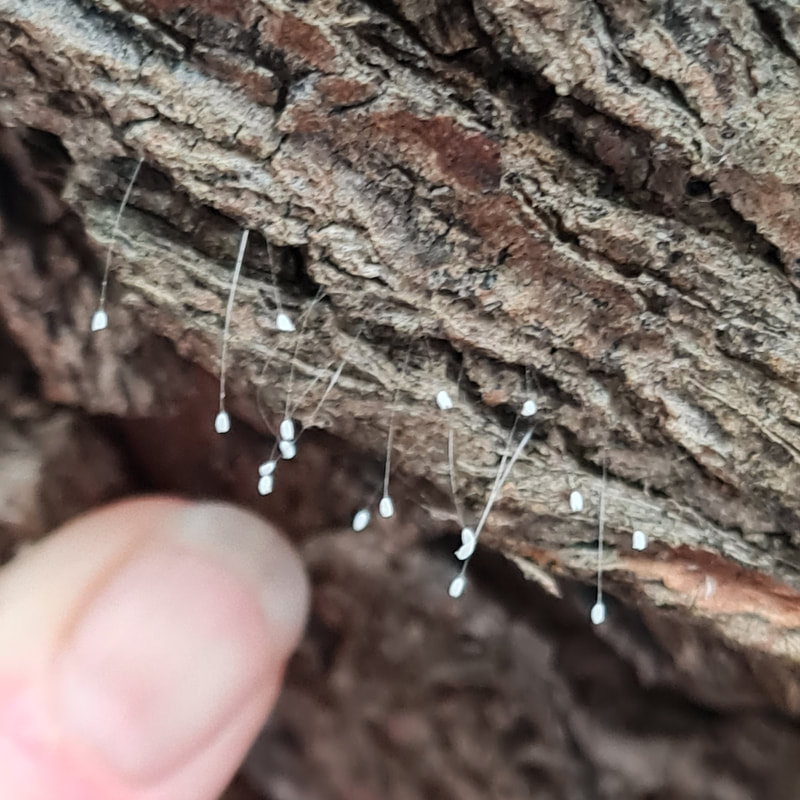Creating habitats for wildlife in our garden, schools, businesses and local areas...
|
Gardens (and parks) that focus on supporting biodiversity are essential for the resilience of living systems.
There are insufficient green spaces in many cities for wildlife to thrive in council-owned areas alone, so it is imperative that we consider how our schools, residential and commercial spaces can support local wildlife. Looking at landscape styles and plants over the past 150 years or so, we see the choices of the past (and still many current uninformed choices) have threatening many invertibrates and our smaller bird populations which are becoming increasingly threatened with extinction world-wide. To understand more, please see Gio Fitzpatrick presents 'Constructing urban environments to support a diversity of native animals' sponsered by Maroondah City Council By careful planning of our garden spaces with a diverse range of plants and elements, we can take life-affirming actions to support foster greater biodiversity. Informed plant choices assist in creating habitats that can support a variety of life-forms including providing a safe, comfortable environment with shelter to hibernate, breed, sleep and rest, access to nesting/breeding materials, water and food. We can take small, constructive steps as a contribution to mitigate the damage and suffering from predicted scenarios by increasing biodiversity in our immediate environments. Creating a garden for wildlife is a relatively easy action with potentially a huge impact we can take locally to support the lives of many species struggling. Globally, we are seeing an increase in threatened and endangered species due to many factors, with loss of habitat being one of the largest causes. The huge decline in insect populations has repercussions on bird-life and food-farming as a result. Our food web is threatened and food security, an issue currently in many parts of the world and very likely in our future without substantial, meaningful actions. We are seeing signs of planetary systems collapse around our world which has led to us to the term climate and ecological collapse or emergency. Some careful planning and design elements will maintain, invite and support insects, birds, and other wildlife, and we can enjoy these reciprical relationships. Edward O. Wilson defined the term Biophilia as “The innate sense of belonging to the natural world”. Biofilia is the concept that humans have an innate inner connection with all of nature, and this connection is essential for our biological, psychological and spiritual well-being. When we foster close relationships with nature, we understand that there are many sensory aspects of being with nature, as part of nature, that we can tune in to benefit ourselves as part of the intricately interwoven wonder and awe found in the web-of-life. Our well-being is often enhanced by being in and caring for nature. The well-being of our species overall is dependant on a healthy, diverse ecosystems, we are interwoven and a part of Nature, not a seperate, or superior being. The focus for our gardens and green spaces needs to be high-nutrient value for humans and high-biodiversity value for the many other lifeforms surrounding us. Tips for planning and preparing to attract and support wildlife: Involve everyone who uses the garden space to ensure the greatest success of the project. Projects with the highest success rates are often those which have the greatest support. Engage the whole family or community in the project as it increases success by encouraging a sense of ownership, belonging and respect as well as many benefits of being outdoors with Nature. Some basics before you begin:
PLANT LISTS Common name, botanical name, sun/shade preference (FS/PS), (H) height & (W) width. Note that some of the plants are spikey and may not be suitable for schools or areas people walk through, such as Hedge Wattle, Acacial Paradoxa and remember 'Sedges have edges' * Please consider these *recommended high-biodiversity value plants by Gio Fitzpatrick, local ecology consultant and expert (more info below) Groundcovers and low growing plants: * Large-headed daisy Brachyscombe diversifolia FS/PS H:45cm x W:80-120cm * Common Everlasting Daisy, Yellow Buttons Chrysocephalum apiculatum FS/PS H:10-30cm x W:100cm * Austral Stork’s Bill Pelargonium australe * Common Everlasting Daisy Chrysocephalum apiculatum FS/PS H:10-30cm x W:100cm Karkalla Carpobrotus rossii FS H:20cm x W:250cm Rounded Noon Flower Disphyma crassifolium FS H:15cm x W:250cm Running Postman Kennedia prostrata FS/PS H:10cm x W:100-200cm Common/creeping Boobiala Myoporum parvifolium FS/PS H:10-20cm x W:150-200cm Bent Goodenia Goodenia geniculata FS/PS H:5-10cm x W:30cm Sticky Everlasting Daisy Xerochrysum viscosum FS/PS H:50-80cm x W:30cm Swamp Daisy Brachyscome cardiocarpa FS/PS H:10-30cm x W:20cm Bower Spinach Tetragonia implexicoma FS/PS H:20-30cm x W:200cm Warrigal Greens/Native Spinach Tetragonia tetragonioides FS/PS H:20-30cm x W:200cm Murnong Yam Daisy Microseris lanceolata FS/PS H:30cm x W:30cm Native River Mint Mentha australis FS/PS H:30cm x W:100cm Kidney weed (lawn substitute) Dichondra repens FS/PS H:20cm x W:60cm Strappy plants: Flax, Grasses, Sedges * Weeping Grass Microlena stipoides FS/PS H:100cm x W:30-60cm * Small-flower Flax-lily Dianella brevicaulis * Spiney Headed Mat-rush Lomandra longifolia FS/PS H:90-120cm x W:100cm * Red fruit saw sedge Gahnia sieberiana FS/PS H:200cm x W:150cm Chocolate Lily Arthropodium strictum FS/PS H:30-60cm x W:80cm Yellow Bulbine-lily/Native Leek Bulbine bulbosa FS/PS H:20-40cm x W:20-30cm Pale Flax Lily Dianella longifolia var. longifolia FS/PS H:30-60cm x W:50cm Spreading Flax Lily Dianella revoluta FS/PS H:30-60cm x W:50cm Native Flax Linum marginale FS/PS H:30-80cm x W:30cm Tufted Bluebell Wahlenberia communis FS/PS H:15-50cm x W:15-40cm Tall Bluebell Wahlenberia sticta FS/PS H:20-30cm x W:10-20cm Common Tussock Grass Poa labillardieri FS/PS H:30-70cm x W:40cm Coastal Tussock Grass Poa poiformis FS/PS H:30-70cm x W:40cm Knobby Club-sedge Fininia nodosa FS/PS H:50-150cm x W:60-200cm Pale Mat-rush Juncus pallidus FS/PS H:50-230cm x W:30-100cm Water Plants Aquatic plants Climbers * Native Wisteria Hardenbergia violacea FS/PS * Common Appleberry Billardiera scandens FS/PS * Native small-leaf Clematis Clematis microphyllia FS/PS Love Creeper Comesperma volubile PS Native Blackberry Rubus parvifolius FS Shrubs (Approx 1mt to 4mt height) * Common Boobiala, False Boobyalla, Blueberry Tree Myoporum insulari (coastal areas) FS/PS H:200-500cm x W:300-600cm * Hedge Wattle Acacia paradoxa FS H:200-400cm x W: 200-500cm * Snowy Daisy Bush Oleria lirata Shade/Sun H:2-5mt x W: 2-3mt * Seaberry Saltbush Rhagodia candolleana FS/dry Shade H:200-400cm x W: 200-400cm * Coast Beard Heath Leucopogon parviflorus FS H:100-400cm x W: 200-300cm * Tree Everlasting Ozothamnus ferrugineus FS/PS H:200-600cm x W:100-300cm * Lignum Duma florulenta FS/PS H:200cm x W:200cm * Common Correa/Native Fuchsia Correa Reflexa FS/PS H:100-120cm x W:150cm * Hibbertia sp. small shrubs to climbers * Kangaroo Apple Solanum laciniatum FS/PS H:100-300cm x W:100-300cm * Hop Goodenia Goodenia ovata FS/PS H:100-120cm x W:100-120cm Yellow Hakea Hakea nodosa 1-3m X 1-2m Anglesea Grevillea Grevillea infecunda FS/PS H:300cm-1200cm x W:200cm Rosemary Grevillea Grevillea rosmarinifolia FS/PS H:300cm-1200cm x W:200cm Coastal Everylasting Daisy Bush Ozothamnus turbinatus FS/PS H:200-500cm x W:100-300cm Silver Banksia Banksia marginata FS/PS H:100-500cm x W: 100-300cm Slender Velvet Bush Lasiopetalum baueri PS H:100cm x W:100cm Coastal Saltbush Atriplex cinerea FS H:100-120 x W:120cm White Correa Correa alba FS/PS H:150cm x W:150cm Berry Saltbush Atriplex semibaccata FS H:40-80cm x W:100-150cm Common Heath Epacris impressa FS H:150-100cm x W:20-60cm Indigo Indigofera australis FS/PS H:100-120cm x W:100-120cm Showy Bossiaea Bossiaea cinerea FS/PS H:100-120cm x W:100-120cm Silky Tea-tree Leptospermum myrsinoides FS/PS H:50-250cm x W:100cm Coastal Wattle Acacia longifolia FS H:100-300cm x W:400-800cm Prickly Tea-tree Leptospermum contentale FS/PS H:100-400cm x W:100-200cm Sea Box Alyxia buxifolia FS/PS H:150cm x W:200cm Silky Guinea-flower Hibbertia sericea FS/PS H:50cm x W:120cm Cushion Bush Leucophyta brownii FS H:60-100cm x W:60-100cm Midgen Berry Austromyrtus dulcis FS/PS H:40-50cm x W:100-150cm Native Thyme Prostanthera incisa FS/PS H:200cm x W:100cm Bottlebush Callistemon FS/PS H&W varies Trees (H&W of trees are in metres. Consider what is an approapriate possible hights in an urban garden, your specific conditions, underground utilities etc.) * Black Wattle Acacia mearnsii FS/PS H:5-15mt x W: 3-5mt * Drooping Sheoak Allocasuarina verticillata FS/PS H:4-11 mts x W:3-6 mts * Meally Stringybark Eucalyptus cephalocarpa 15–24 m * Sweet Bursaria Bursaria spinosa FS/PS H:4-6 mts x W:2-4mts * Silver Wattle Acacia dealbata FS H:8-30 mts Furze Hakea Hakea ulicina H: 5m Gold Dust Wattle Acacia acinacea FS H: 2mt x W: 1.5 Coastal Tea-tree Leptospermum laevigatum FS/PS H:2-8 mts x W:2-4mts Other plants * Mistletoe Threatened/vulnurable species Edible native plants LOCAL INDIGENOUS NURSERIES (Sth/East Melbourne)
LOCAL COUNCIL RESOURCES CITY OF PORT PHILLIP
RESOURCES
REFERENCES
Gios Website: Living Space Ecology Youtube ABC: The Secret LIves of Our Urban Birds EcoBat Tube nest box plans - Introduction (EcoCentre/ Gio Fitzpatrick) When Gio began volunteering at Port Phillip EcoCentre when he was 11 years old with a focus on researching, designing, installing and maintaining nest boxes. Videos here. Gio also sells his local bird book which informs us of which birds are in decline, and what plants we can use to encourage them. Gios story in 5-mins video. |
LOCAL LANDSCAPE DESIGN AND HORTICULTURAL SERVICES:
Please contact the Port Phillip EcoCentre or Greensong for local horticulture, permaculture, landscape design, workshops, and consultations. Workshops at Caulfield South Community House and garden. GREENSONG LOCATIONS
South East areas of Melbourne (Outside these areas - an additional travel time allowance is additional according to quote) SINGAPORE - See an environment education Early Years project: Designing to attract birds and butterflies in Singapore. |

